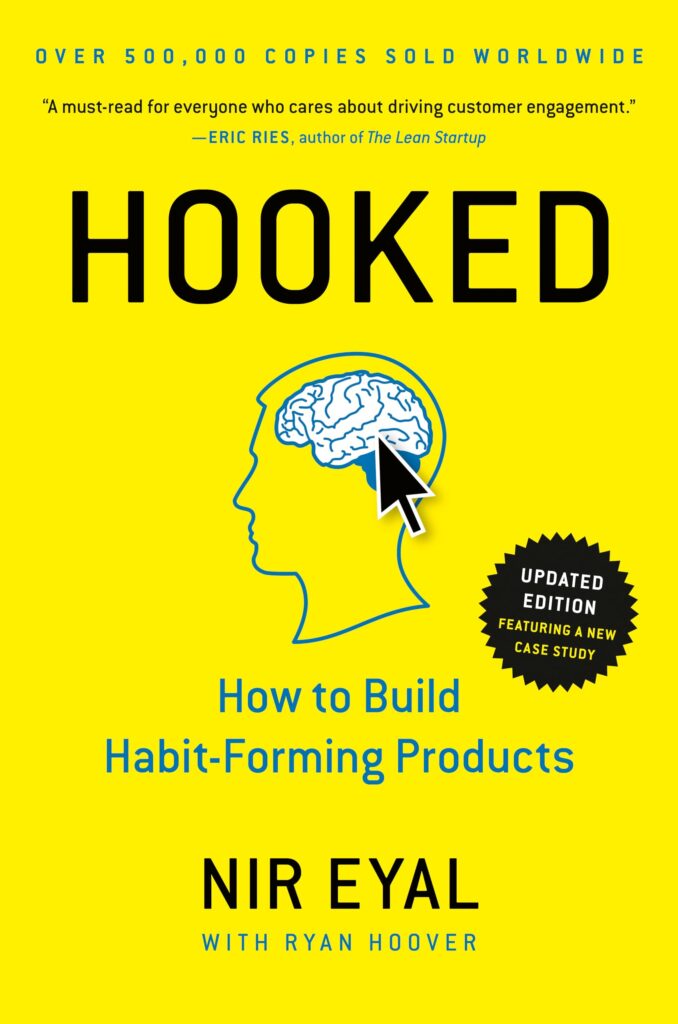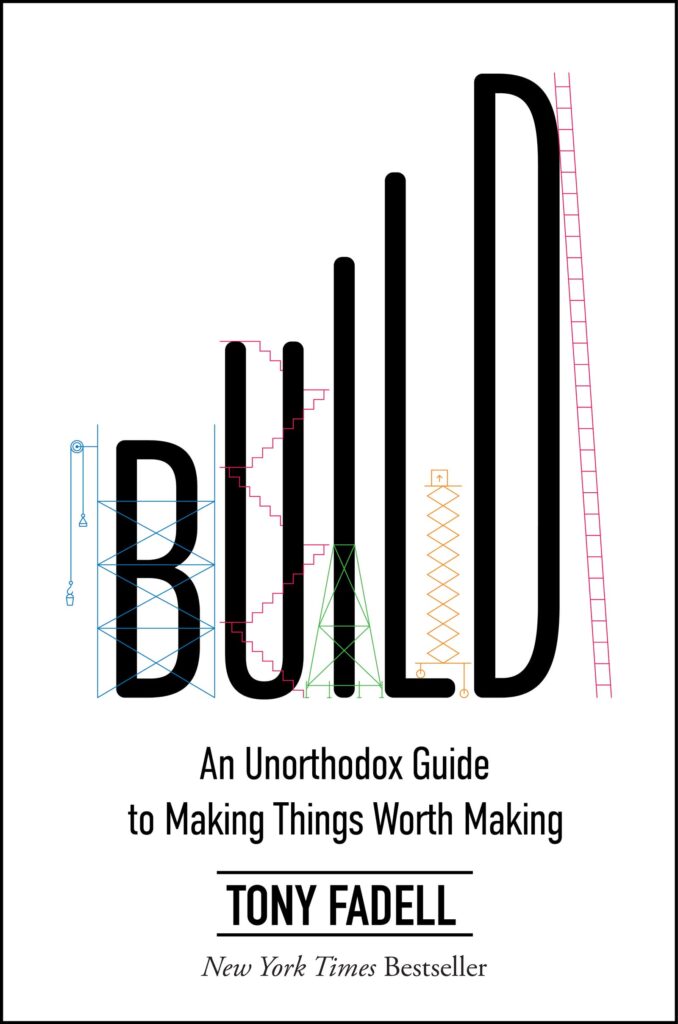Product management is a dynamic field, constantly shaped by new technologies, changing customer expectations, and evolving business models. To stay at the forefront, Product Managers (PMs) must continually update their knowledge, sharpen their skills, and seek inspiration from the best minds in the industry. Books remain one of the most powerful ways to gain deep, actionable insights that can transform your approach to building products.
Whether you’re just starting your journey or are a seasoned PM looking to level up, these ten books are essential reading for 2025. Each offers unique perspectives, frameworks, and practical advice to help you navigate the complexities of modern product management.










